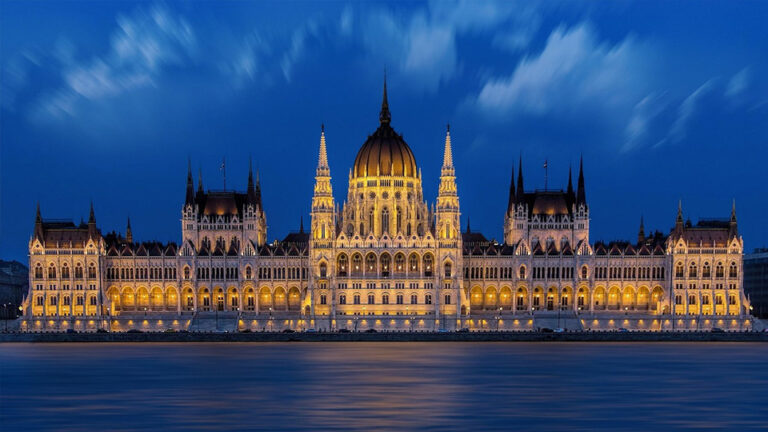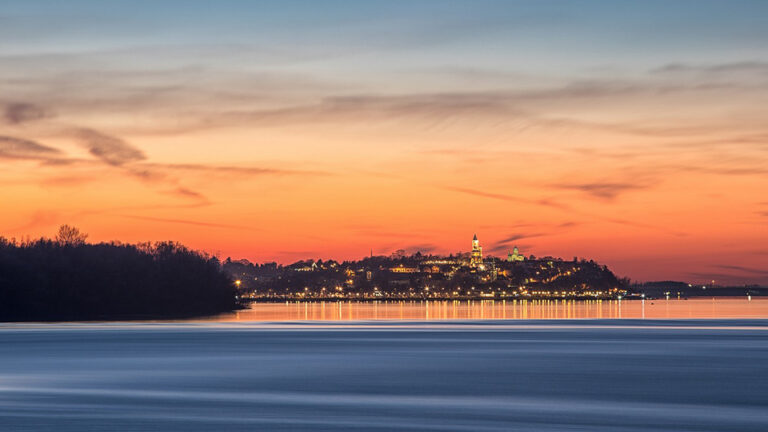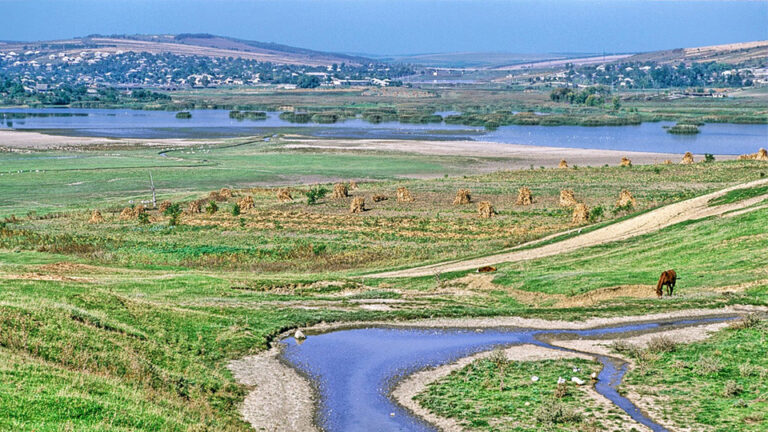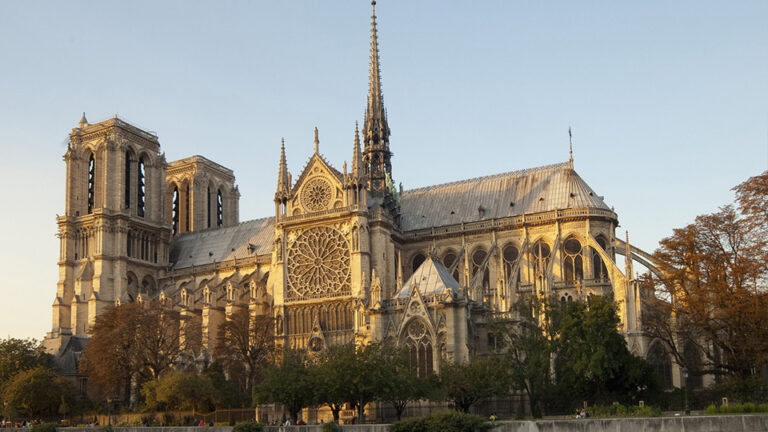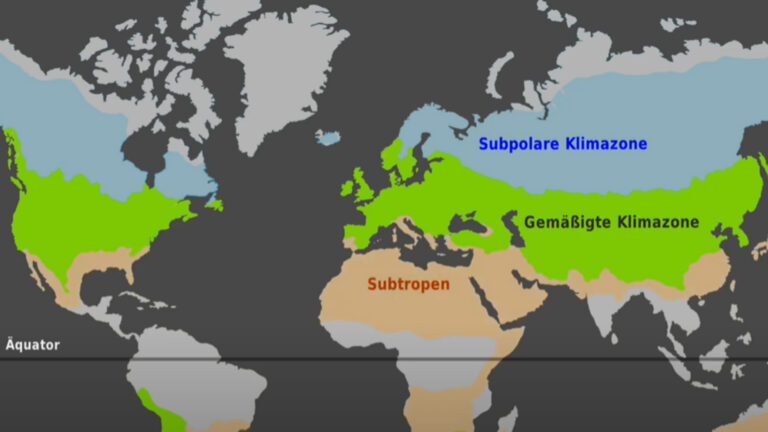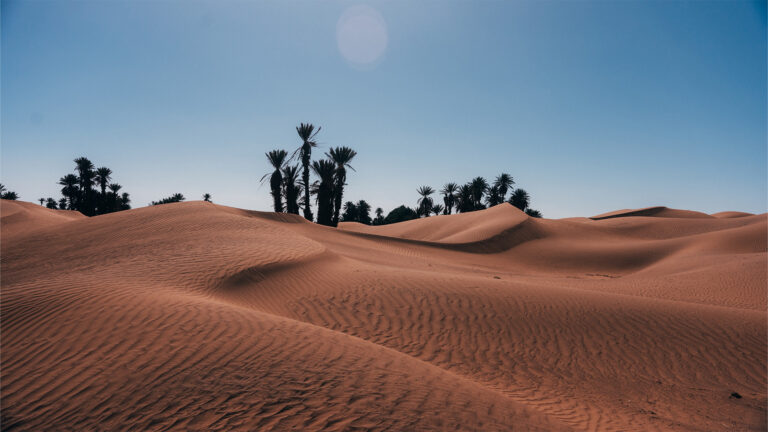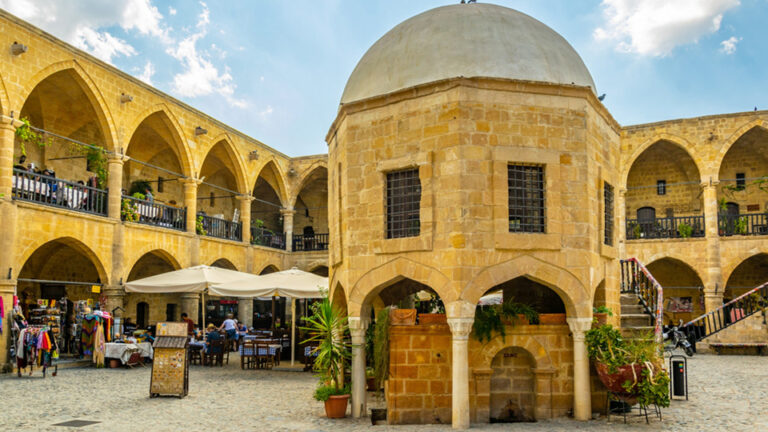Suche:
- # Artistry
- # Biology
- # Chemistry
- # Ecological
- # Economy
- # English
- # Foreign Language
- # Geography
- # German
- # Health
- # History
- # Informatik
- # Latin
- # Mathematics
- # Media Education
- # Music
- # Physics
- # Politics / Civics
- # Preschool
- # Primary School
- # Religion
- # Society
- # Sports
- # Technology
- # Training of Teachers
- # Vocational Education
Vertretungsstunde Geografie, Deutsch - Chisinau
Die interaktiven H5P-Module sind speziell entwickelt worden, um fachfremden Lehrkräften den Vertretungsunterricht im Fach Geografie zu erleichtern.
Learn moreVertretungsstunde Geografie, Deutsch - Bukarest
Die interaktiven H5P-Module sind speziell entwickelt worden, um fachfremden Lehrkräften den Vertretungsunterricht im Fach Geografie zu erleichtern.
Learn moreVertretungsstunde Geografie, Deutsch - Budapest
Die interaktiven H5P-Module sind speziell entwickelt worden, um fachfremden Lehrkräften den Vertretungsunterricht im Fach Geografie zu erleichtern.
Learn moreVertretungsstunde Geografie, Deutsch - Belgrad
Die interaktiven H5P-Module sind speziell entwickelt worden, um fachfremden Lehrkräften den Vertretungsunterricht im Fach Geografie zu erleichtern.
Learn moreVertretungsstunde Geografie, Deutsch - Republik Moldau
Die interaktiven H5P-Module sind speziell entwickelt worden, um fachfremden Lehrkräften den Vertretungsunterricht im Fach Geografie zu erleichtern.
Learn moreVertretungsstunde Geografie, Deutsch - Notre Dame de Paris
Die interaktiven H5P-Module sind speziell entwickelt worden, um fachfremden Lehrkräften den Vertretungsunterricht im Fach Geografie zu erleichtern.
Learn moreKlimazonen der Erde
Die gemäßigten Breiten liegen geografisch zwischen den Tropen und Polarregionen.
Learn moreThe End of the Road
Mit atemberaubenden Bildern und einer zu Herzen gehenden Geschichte zeigt „The End of the Road“ die Widerstandsfähigkeit einer Gemeinschaft, die entschlossen ist, ihre Lebensweise zu erhalten.
Learn moreVertretungsstunde Geografie, Deutsch - Zypern
Die interaktiven H5P-Module sind speziell entwickelt worden, um fachfremden Lehrkräften den Vertretungsunterricht im Fach Geografie zu erleichtern.
Learn moreVertretungsstunde Geografie, Deutsch - Nordmazedonien
Die interaktiven H5P-Module sind speziell entwickelt worden, um fachfremden Lehrkräften den Vertretungsunterricht im Fach Geografie zu erleichtern.
Learn moreVertretungsstunde Geografie, Deutsch - Kroatien
Die interaktiven H5P-Module sind speziell entwickelt worden, um fachfremden Lehrkräften den Vertretungsunterricht im Fach Geografie zu erleichtern.
Learn moreVertretungsstunde Geografie, Deutsch - Montenegro
Die interaktiven H5P-Module sind speziell entwickelt worden, um fachfremden Lehrkräften den Vertretungsunterricht im Fach Geografie zu erleichtern.
Learn more





